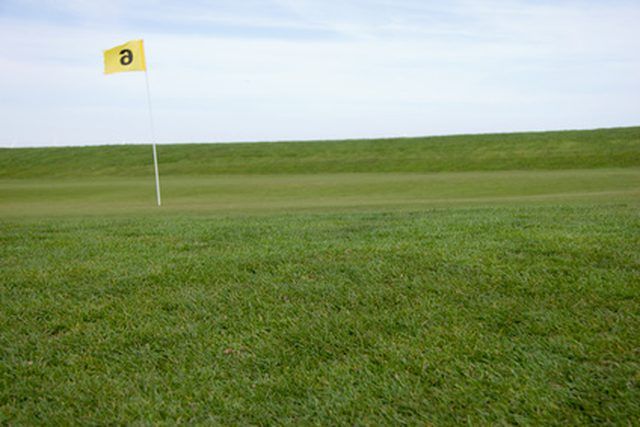Bulbs
Flower Basics
Flower Beds & Specialty Gardens
Flower Garden
Garden Furniture
Garden Gnomes
Garden Seeds
Garden Sheds
Garden Statues
Garden Tools & Supplies
Gardening Basics
Green & Organic
Groundcovers & Vines
Growing Annuals
Growing Basil
Growing Beans
Growing Berries
Growing Blueberries
Growing Cactus
Growing Corn
Growing Cotton
Growing Edibles
Growing Flowers
Growing Garlic
Growing Grapes
Growing Grass
Growing Herbs
Growing Jasmine
Growing Mint
Growing Mushrooms
Orchids
Growing Peanuts
Growing Perennials
Growing Plants
Growing Rosemary
Growing Roses
Growing Strawberries
Growing Sunflowers
Growing Thyme
Growing Tomatoes
Growing Tulips
Growing Vegetables
Herb Basics
Herb Garden
Indoor Growing
Landscaping Basics
Landscaping Patios
Landscaping Plants
Landscaping Shrubs
Landscaping Trees
Landscaping Walks & Pathways
Lawn Basics
Lawn Maintenance
Lawn Mowers
Lawn Ornaments
Lawn Planting
Lawn Tools
Outdoor Growing
Overall Landscape Planning
Pests, Weeds & Problems
Plant Basics
Rock Garden
Rose Garden
Shrubs
Soil
Specialty Gardens
Trees
Vegetable Garden
Yard Maintenance
How to Install a Real Grass & Sand Putting Green
How to Install a Real Grass & Sand Putting Green. A backyard putting green is the dream of many golfers. Installing a backyard putting green is a feasible project for homeowners. Installation of a real grass and sand putting green involves first selecting the best site for your future green. You will have to test the soil pH, possibly adjust the pH...

A backyard putting green is the dream of many golfers. Installing a backyard putting green is a feasible project for homeowners. Installation of a real grass and sand putting green involves first selecting the best site for your future green. You will have to test the soil pH, possibly adjust the pH level and contour the ground to allow for proper drainage. Specific grass types will yield better results. After sowing seeds, the sprouting grass will need watering, and eventually, fertilizing and mowing. Finally, the green will require regular maintenance.
Things You'll Need
Rotary tiller
Shovel
Metal rake
Metal roller
Sandy loam soil
Creeping bentgrass seed
Nitrogen-based lawn fertilizer
Fertilizer spreader
Preparing for your Backyard Putting Green
Locate a source for your grass seed. The best seed for a backyard putting green, and the seed most frequently used for professional golf course greens, is creeping bentgrass, which you can obtain from a local nursery or garden supply center, or order from an on-line retailer.
Select the site for your backyard putting green. Look for a spot fully exposed to sunlight from sunrise until sunset, and where water will drain off the future green. Avoid positioning the site of your future green in low areas where water will collect. Also, select a site where the air flow is consistent and unfettered; avoid areas where trees or crops will block wind and air flow.
Test your soil to determine if you need to adjust the pH level before sowing your grass seeds. PH is measured on a scale of 1 to 14, with 7 indicating neutral soil. Neutral soil is optimum for growing grass seed. If your soil test indicates the soil is a pH level of 6.5 or lower, the soil is acidic. Adjust acidic soil by adding ground limestone. For alkaline soil, with a PH level of 7.5 or higher, supplement with sulfur additives. Consult a local lawn care expert for the best products and methods for adjusting pH in your area.
Loosen the top 6 inches of soil with a rotary tiller. Depending on your soil's drainage, you will likely need to supplement with a sandy loam. Your grass putting green will require good drainage.
Prior to sowing your grass seed, shape your putting green so that water will not collect or puddle anywhere on the greenís surface. Use a shovel and a metal rake to spread and shape the soil. Fill any low spots in the soil bed, and make sure that any contours are shaped so that water drains off the eventual green. Standing water will greatly increase the grassís susceptibility to disease.
Use a metal roller filled with water to compress the soil. Roll the roller over the soil surface of your future green to work out any soft pockets and create a firm, stable surface for your grass seed.
Installing and Maintaining Your Putting Green
Sow your grass seed. Sow the seeds at a rate of ? pound of grass seed per 1,000 square feet. Cover the seeds with a ?-inch layer of topsoil.
Water your green site frequently until the grass is established. For the first 3 to 4 weeks, spray the sown grass seeds with a fine mist of water for 10 minutes, 2 or 3 times each day. Wait until the grass is between 3 and 4 inches high before attempting to mow.
Once the grass is established, mow it to a length of ? inch, 2 or 3 times per week.
Water the green whenever the grass begins to show signs of stress: when the grass begins to wilt slightly, lose its color, or recover slowly from footprints and mower tracks. Water your green in the early morning hours, between 5 and 7 a.m.
Fertilize the green, typically twice in the early summer, and twice in the fall. Specific dates for fertilization will vary from region to region. Using a spreader for even application, apply a nitrogen-based fertilizer suitable for lawns at a rate of one-half pound per 1000 square feet.
Top dress your putting green with topsoil in early summer and early fall. Apply a 1/8-inch layer of topsoil to the green and use a push broom to spread it evenly over the green and work the soil down into the grass surface.